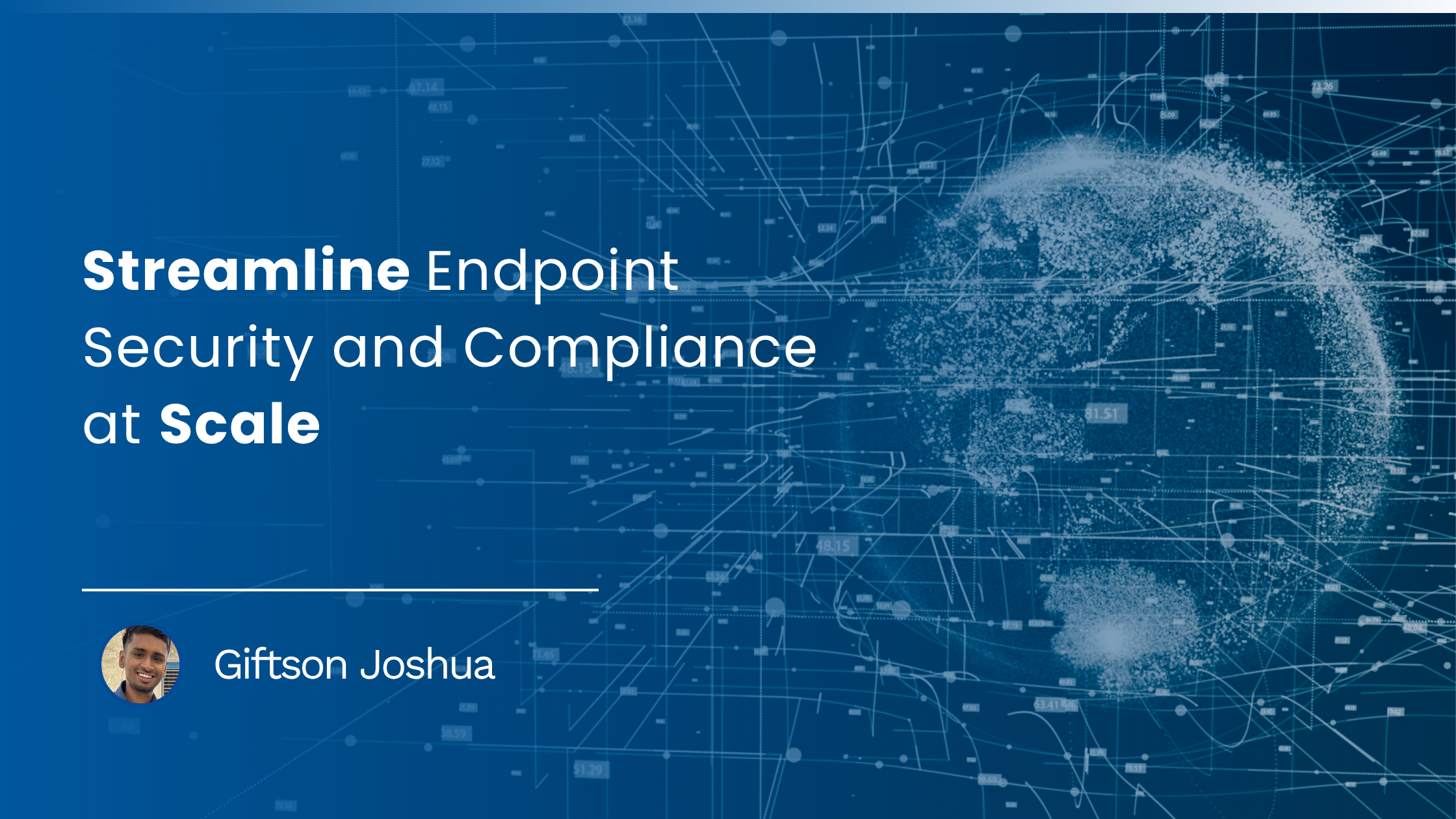Security service providers are under increasing pressure to do more with less time. Clients expect faster response, tighter control, and measurable outcomes, but the expanding number of tools required to deliver those results often leads to the opposite. Managing a fragmented stack across multiple environments consumes valuable hours in configuration, maintenance, and context switching. What was once a competitive advantage — specialized tools for specific functions — has now become a barrier to efficiency.
A recent study reported an 84% week-over-week increase in infostealer malware delivered through phishing campaigns. Nearly one in three incidents involved the use of stolen credentials. These trends point to significant gaps in detection and response, often worsened by fragmented toolsets and disjointed visibility across systems. For service providers, managing separate platforms for asset inventory, vulnerability management, patching, EDR, and compliance drives up costs, stretches teams thin, and limits scalability across client environments. The result: excessive overhead with marginal impact.
The challenge is no longer just about visibility or coverage. It is about consolidation. A single, integrated approach can help partners deliver consistent, high-quality services without being buried under the complexity of managing too many systems.
Tool Sprawl Presents a Hidden Risk for Service Providers
Security partners increasingly bear the burden of managing sprawling tool ecosystems, a setup that slows down operations and raises costs. A global survey reports that approximately 32 security tools are actively being used on average, with some teams handling hundreds, often resulting in tool overload and fractured visibility across environments.
When dashboards, agents, and workflows multiply, cognitive load grows. Teams juggle disconnected systems for asset tracking, vulnerability scanning, patch distribution, and compliance. Integration lags, data silos emerge, and manual effort balloons. All too often, partners find themselves trapped in maintenance mode rather than proactively securing client environments. Handling different tech stacks for each client only magnifies the inefficiencies. At the end of the day, more tools rarely translate into better protection, they generate noise and friction, making service delivery slower, costlier, and harder to scale.
The Cost of Fragmentation: What Partners Actually Lose
Context switching between disconnected consoles consumes hours each week. Instead of focusing on strategic initiatives, service teams are pulled into repetitive, reactive tasks. Detection slows when tools cannot share data. Remediation takes longer when alerts lack context or require cross-referencing multiple platforms. Fragmented systems break the continuity needed for timely action.
Consistency suffers across reporting and enforcement. Compliance metrics may not align, asset views may differ, and policy violations can slip through unnoticed. These gaps increase the risk of missed SLAs and damage client confidence. The learning curve also rises steeply, staff must be trained on each platform, and tool-specific knowledge becomes a dependency that complicates handovers or scaling.
As tool count grows, so does the cost of licensing, integration, maintenance, and troubleshooting. Operational budgets are consumed by keeping the system running instead of delivering value. Visibility may appear wide, but without coordination, it remains shallow. A unified platform simplifies more than workflows, it restores control.
A Smarter Way Forward with Saner Platform
The Saner Platform addresses the complexity partners face by offering a single, integrated solution that eliminates the need for multiple security tools. Rather than managing a separate system for each function, teams gain control through one console built to deliver end-to-end visibility and actionability across environments.
Saner provides continuous visibility into assets, vulnerabilities, patches, configurations, and compliance posture from a unified dashboard. Its lightweight agent collects and responds to data without overloading endpoints and supports both cloud and on-premises infrastructures. Continuous vulnerability and patch management are built into the core, removing the need to rely on third-party tools or manual tracking.
With the Saner Platform, service providers reduce their tool footprint and streamline operations. Onboarding new clients becomes faster, resource requirements drop, and the delivery model becomes more predictable. Automation across remediation, policy enforcement, and reporting lowers manual effort, helping partners maintain scale without adding complexity. Saner replaces fragmentation with clarity and efficiency, exactly what service teams need to deliver confidently.
What Partners Gain by Consolidating with Saner
Consolidating with SecPod’s Saner streamlines the console and redefines service delivery for partners. Operational overhead drops when separate systems no longer require dedicated attention. With continuous, automated workflows for vulnerability detection, remediation, and compliance, response time improves across all accounts.
Faster service delivery means tighter SLAs and better client outcomes. Teams shift focus from maintaining tools to securing environments. That change translates into higher client satisfaction, fewer escalations, and more sustainable margins. Growth becomes achievable without immediate increases in headcount or software costs.
Partners using Saner have cut remediation time by 70% and consolidated four or more tools into a single platform. That shift frees up time, reduces integration burden, and improves control across client environments. Saner simplifies the stack without cutting corners on security.
Secure More, Struggle Less
Cybersecurity service providers should not be weighed down by the very tools meant to support them. When every client requires a different combination of platforms, and every issue demands multiple consoles to resolve, the process becomes the problem. Saner Platform removes that burden by bringing everything into one place: visibility, control, and action.
Partners gain back valuable hours, improve service consistency, and reduce the costs tied to complexity. With fewer tools to manage and more automation across remediation, compliance, and reporting, teams become more efficient and scalable. The difference is immediate, not incremental.
Saner helps providers reduce complexity, deliver better results, and scale without adding overhead. It is built to secure and built to serve.
Ready to simplify your security operations and scale your services with confidence? Start delivering more with less, see how the Saner Platform can transform your stack. Schedule a demo today.

